
The First Personality Reading Based On
The Sacred Geometry Of Your Name Symbols.
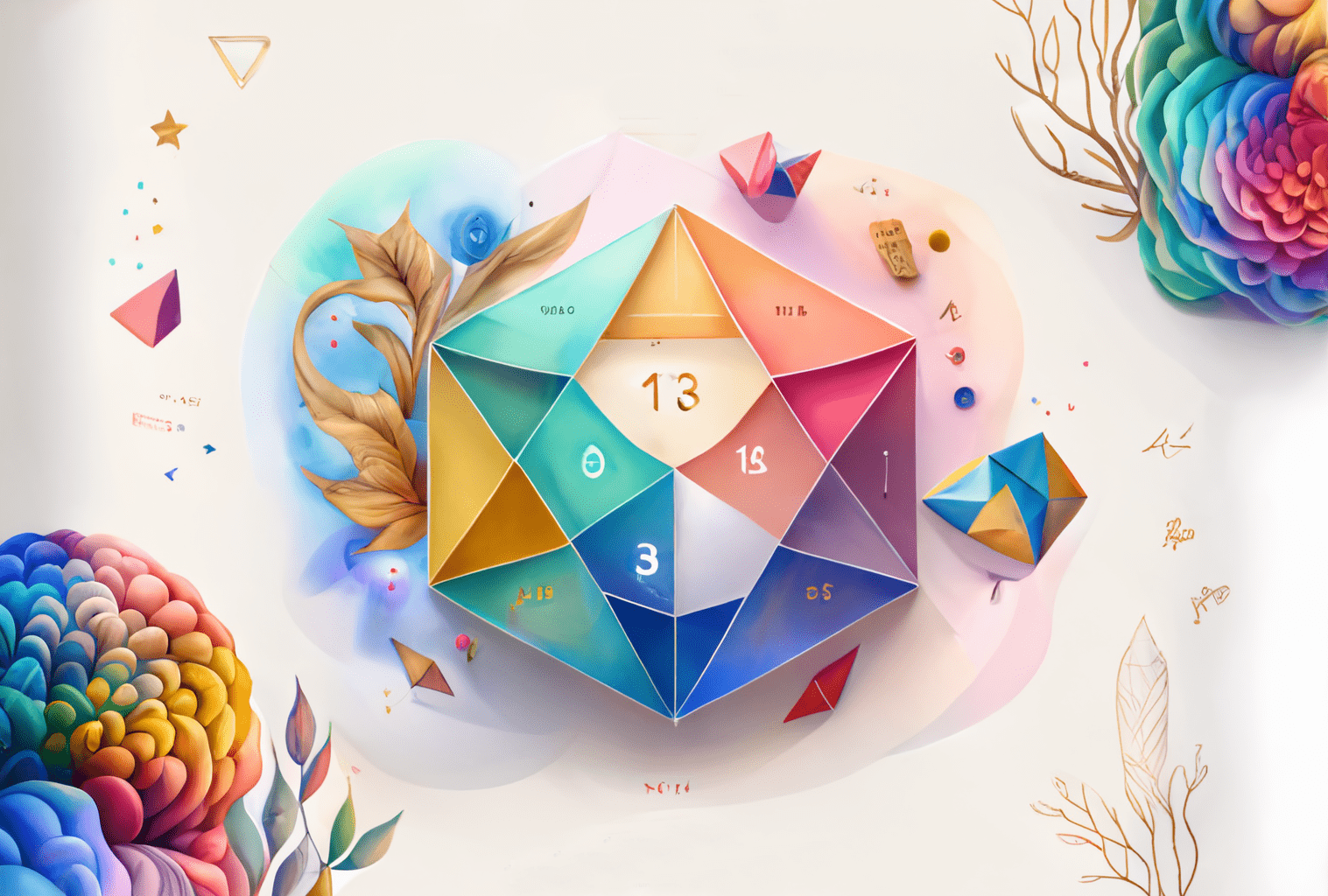
The number and its representations
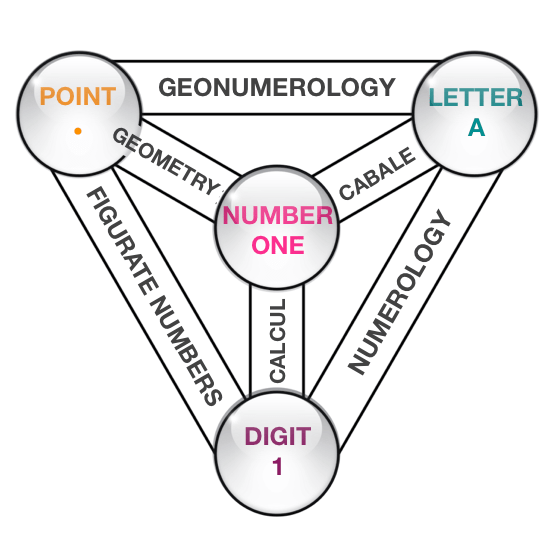
Man learned to count long before he could write. Using notches in bones or wood and then small pebbles, from the Latin calculi, plural of calculus.
Then with the arrival of writing, letters were then used to designate numbers. This is notably the case of the Hebrew and Greek alphabets. The number 1 is thus associated with the letter Alpha in Greek or Aleph in Hebrew.
Each letter has a numerical value.
➣ This is principle of Numerology.
To the arithmetic unit unit corresponds the geometrical point.
➣ This is the principle of geometry.
It is therefore possible to to visualize any word or Name according to the number of units it contains.
➣ Geonumerology synthesis
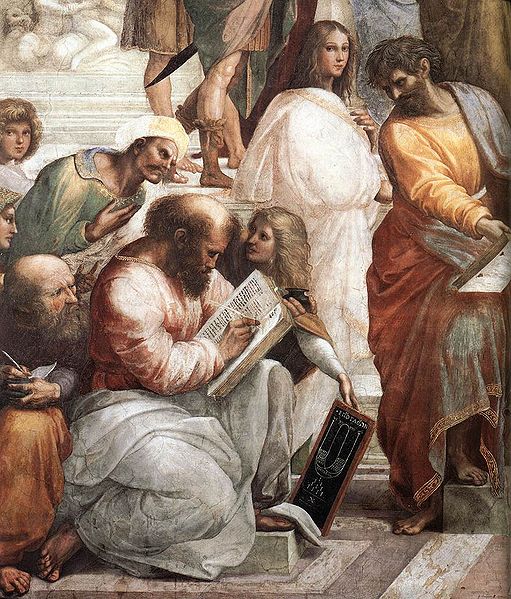
Philosophical calcul
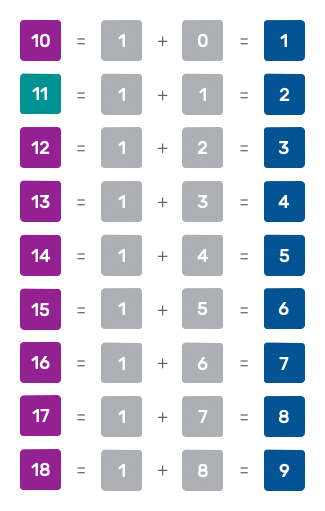
The theosophical reduction (from the Greek: theos, divine and sophia, wisdom) corresponds to the current 9-number numerology.
It consists in reducing all numbers made up of two or more digits to single-digit numbers by adding up the digits that make up the number until there is only one left.
Example: 58 = 5 + 8 = 13
and 13 = 1 + 3 = 4
numerology chart before (purple) and after reduction (blue)
Numerology takes up the teachings of Pythagoras and associates a numerical value to each letter: 1 for A, 2 for B, 3 for C, etc. Pythagoras is therefore the inventor of the first numerological charts.
For numbers with more than one digit, we apply theosophical reduction which adds up the digits of the number so that only one remains. Ex: J = 10 = 1 + 0 = 1, K = 11 = 1 = 1 = 2, etc.
Thus it is possible to calculate the Number of your Name, by adding up the letters in it, and then, by reducing the total, to find a number between 1 and 9.
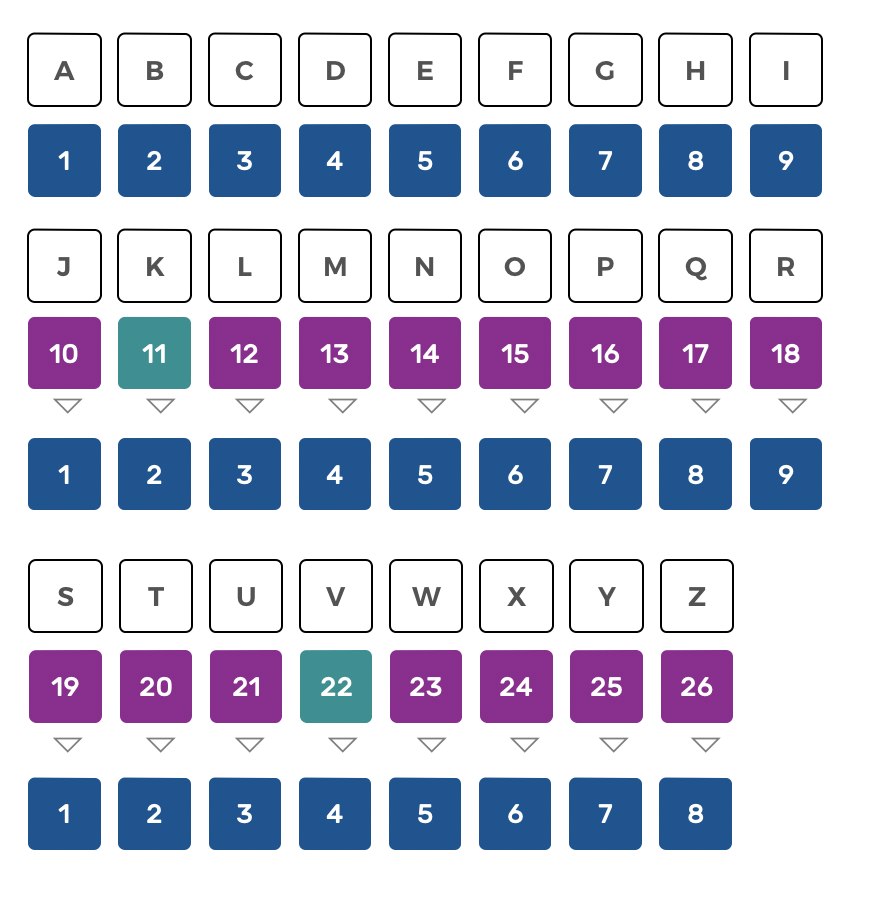
Calculate your name's number
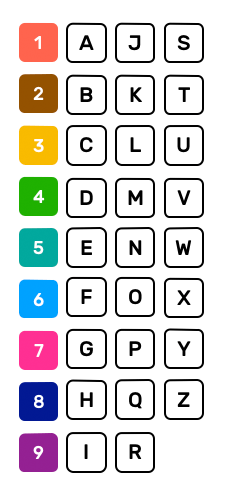
Write your LAST NAME and FIRST NAME in capital letters and then indicate just below the value of each letter, by using the following mnemonic method which consists in placing the letters of the numerological chart in another direction, easier to memorize. Ex : SAJ - TBK - LUC - VDM - FOX - GYP - HQZ - RI
Then add up the total until you get a number between 1 and 9. Remember to memorize the last operation that precedes the reduced number. For example 4 obtained by 1 + 3, 2 + 2 or 4 + 0.
Man receives a name at birth, which will distinguish him from others but above all characterizes his Personal Vibratory Signature. This vibration varies for each being according to the frequency and, evolves in time. To know the name of an individual, of a thing, is to know his being. The Name has therefore hugely importance, because by its vibrations it expresses the essence of a being or an object.
Let's have a look inside
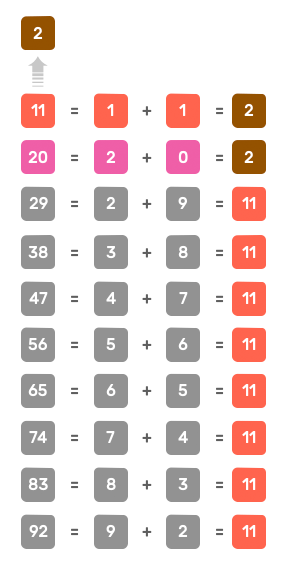
Numerology chart of 2
Modern numerology distinguishes two cases of what it calls ‘Master Numbers’ : 11 and 22, which are not subjected to reduction. Pythagoras considered these dual numbers to be egotistic, as they were formed from a single number that is paired with itself.
Additionally, this designation as ‘Master Numbers’ seems largely exaggerated, considering that the number 2 is obtained 90% of the time from 11 (29, 38, 47, 56, 65, 74, 83, 92, etc.). The only one that is not created in this way is the 2 obtained from 20: 2 + 0 = 2 (see the table on the left).
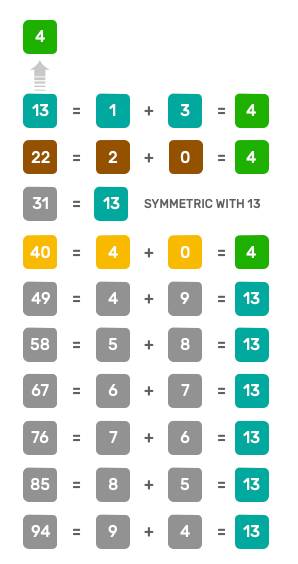
Numerology chart of 4
The number 4 can only be obtained in three ways:
Decomposition 2 + 2 is as rare as decomposition 4 + 0.
Finally the number 13 is the most common symbol for number 4.
In Geonumerology, importance is placed on the decomposition of all the numbers preceding the 9 reduced numbers. There are only 29 in all. These are the "Source-Numbers" of Geonumerology.
Current numerology relates numbers to ideas in a way that often remains unknown to the reader and depends largely on the interpretation of each author. More often than not, we find ourselves faced with a linear interpretation: one number, then another number, etc.
The number is interpreted without the slightest reference to the structure used to accommodate the numbers or to the links between them.
There are also numerologists who base their interpretations on the graphisme of the digits that are supposed to represent numbers, thus confusing the number with its representative.
Papus, in The Science of Numbers, warns us against making two mistakes:
The table above shows the main characteristics attributed to the first 9 numbers. Would you be surprised if I told you that all 4 are not organized and that all 9 are not altruistic.
A monolithic and ungrounded linear vision
The main difference between numerology and geo-numerology, in addition to its graphical approach, is the adoption of a systemic approach where the relationships between numbers are more important than an isolated interpretation.
Geonumerology links psychology to spirituality without succumbing to the pitfalls of mysticism. Its method is rational and logical because it is based on the rules of arithmetic and sacred geometry, a true criterion of truth.
A notable difference between the two disciplines lies in the fact that numerology interpretation is most often isolated: one number, then another number, whereas the systemic approach used in GeoNumerology is closer to the holistic vision of Pythagoras than to a Cartesian analytical vision.
As the name suggests, it is a question of studying a system. A system is composed of a certain number of elements (here the 9 numbers), arranged within a structure (here a matrix of 9 boxes) and establishing relationships between them (which we will explain).
The main tools of systems thinking such as analogical reasoning, isomorphism, graphic language or modeling are strictly the same as those used in GeoNumerology.
The interpretation of most numerologists comes from what I would call "ungrounded" reasoning, without the slightest reference to the structure used to accommodate the first 9 numbers, nor to the links between these 9 numbers.
Most of the available numerical interpretations work like this:
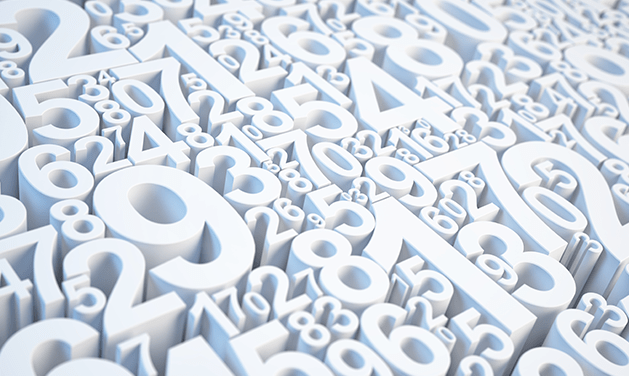
We have just seen that the number 4 had three different representations One cannot reasonably interpret in the same way a 4 resulting from 1 + 3, 2 + 2 ou 4 + 0, knowing that the first represents a tetrahedron, the second a cross and the third a square.
The 29 decompositions that precede the 9 reduced numbers are the arithmetic keys that will allow us to do two things :
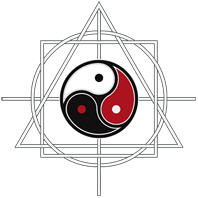
Geonumerology is an interdisciplinary approach that aims to restore the ancient numerology of Pythagoras.
Etymologically, one could say that numerology is a "discourse on numbers" whereas geonumerology is the science of the link (Logos) that exists between numbers (Numero) and geometry (Geo). In this way, it allows the number to be represented, to make it visible in space, to give it shape. It is only after having drawn it that the interpretation of the number takes all its meaning and begins to reveal its secrets.
